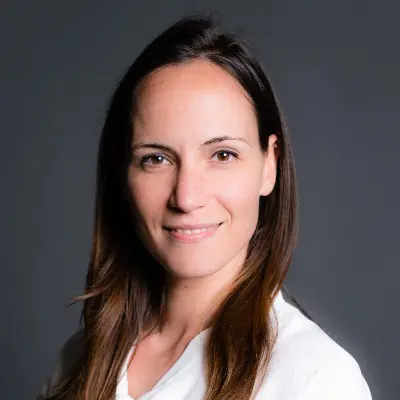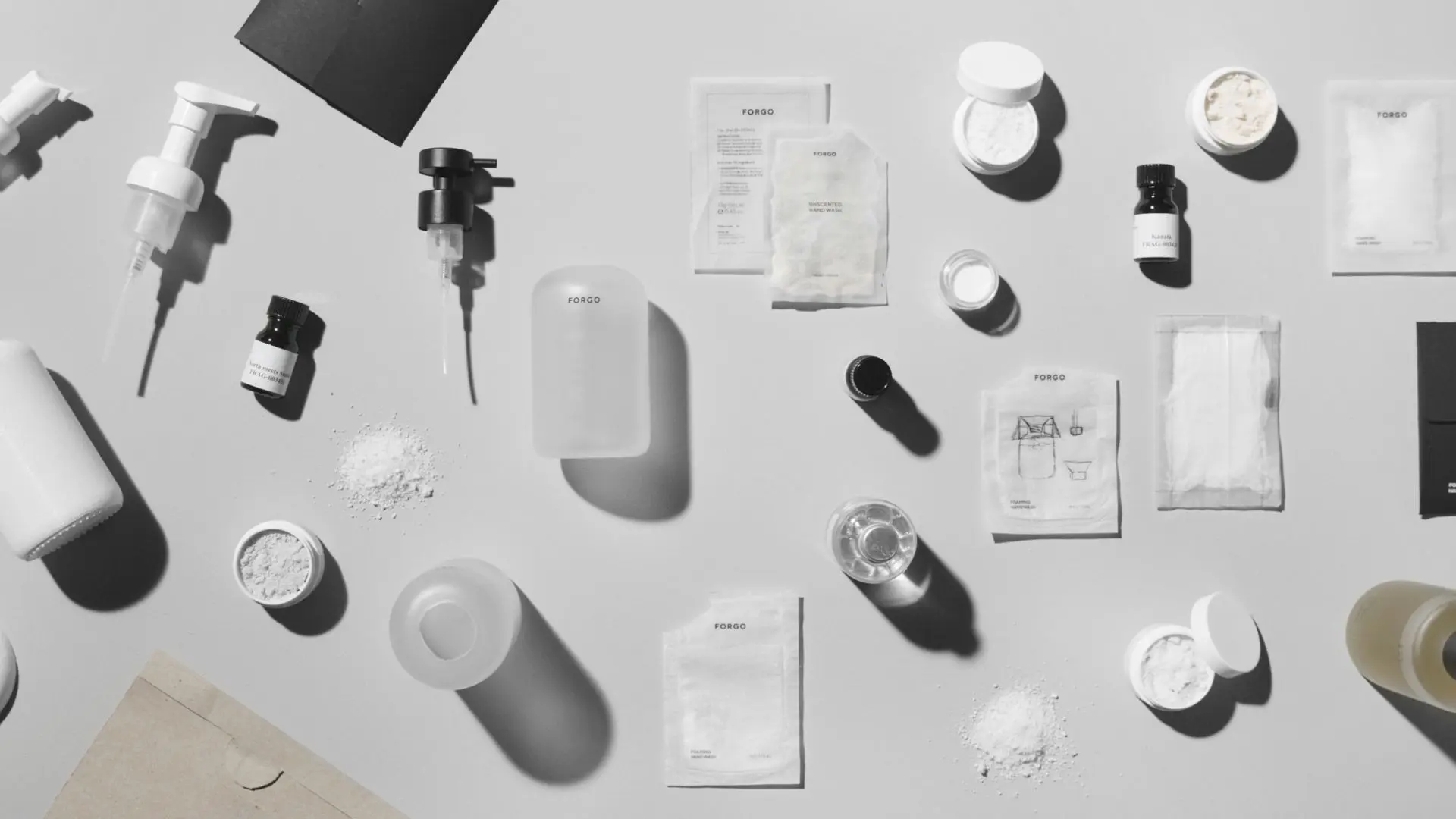Collaborative platform Solaris Community is turning trash into treasure
Solaris Community is out to tackle the global waste problem by turning waste into valuable resources, matching up companies that want to reduce their environmental footprint by harnessing innovative waste transformation solutions

What’s the old proverb? “One man’s trash is another man’s treasure”. Solaris Community certainly abides by this adage. Founded by Zehao Liu in 2020, the one-stop-shop B2B circular-solution platform is exploring innovative solutions to solve the problem of waste around the world by seeing that waste precisely as a valuable resource.
Because it’s no secret: sustainability is an increasingly pressing issue for businesses around the world, and companies continue to seek out ways to reduce their environmental footprint while remaining profitable.
But how can this be done? Solaris set out to make it easier and more cost-efficient for companies to transform their rubbish – including organic waste, textile waste, plastic and ceramics – into circular materials and then into recycled and upcycled products.

Thanks to a worldwide network of partners, Solaris offers services from product development to circular manufacturing to sourcing of materials, allowing companies to turn their streams of waste into projects and products and designs by artists and designers including big names like Karim Rashid.
Examples are the Evian X Balmain Couture project – in which Evian transformed water bottles into fabric that was used to create a haute couture dress that is as stunning as it is impressive – and Ocean Plastic Jewelry from recycled plastic previously housed in the oceans.
At DesignWanted, we were keen to learn more about Solaris, so we sat down with Liu to get his take and insights into the platform’s methods and its potential to inspire similar solutions to pressing sustainability issues.
You founded Solaris Community at the very beginning of 2020. What was your inspiration and drive in doing so? And how did starting right at the beginning of the pandemic affect things?
Zehao Liu:
“The genesis of the Solaris Community can be traced back to 2019, just before the onset of the pandemic. With the birth of my daughter, I became acutely aware of the pressing need to address environmental concerns. Having worked as a designer in the automotive industry for a decade, I was well aware of the urgent need for change, even as I recognized the challenges posed by a long-established supply chain system.

To this end, my partner Eirik Stensrud and I reached out to a group of designers from diverse industries who shared our vision, through a UN program called “Closing the Loop”, and established the Solaris Community.
While the pandemic disrupted many of our original plans, resulting in delayed or canceled exhibitions with the UN, it also heightened global awareness of environmental issues. As a result, we have witnessed an encouraging trend towards sustainability development, with an increasing number of brands and companies focusing on this crucial issue. This has been instrumental in the growth and impact of the Solaris Community.”
Can you paint a bit more in-depth look at how a project with Solaris works? If a company comes to you looking to find a circular solution to their waste, what is the ensuing approach?
Zehao Liu:
“Solaris Community, as a platform, welcomes everyone to join as a member. At present, we have approximately 300 registered members representing various entities such as brands across multiple industries, material scientists, material suppliers, manufacturers, designers/design studios, and artists.
In regards to the upcycling projects, the typical process in Solaris involves a company that possesses a waste resource without a viable upcycling solution submitting an inquiry via our platform.
Once all pertinent information is gathered, the platform matches and generates a supply chain for each inquiry. On average, each project requires the participation of three to four supplier members of the platform. Upon receiving the project brief, the matched suppliers will submit proposals inclusive of technical feedback, lead time, and cost estimate.

Similar to other platforms, upon confirmation of the proposal and project initiation, Solaris will assign a specialist to monitor and track the project’s progress to ensure accurate delivery and prevent greenwashing.”
The platform affirms that waste is a “wasted resource without the right partners”. What is the process to ensure that companies are matched with the right partners to find circular solutions for their waste?
Zehao Liu:
“As recycling and upcycling continue to gain momentum and attention, new technological and scientific advancements in these industries frequently emerge. However, for companies unfamiliar with upcycling practices and lacking sufficient knowledge, keeping abreast of these developments can prove challenging and time-consuming.
When an inquiry is submitted to our platform, we require detailed information about the waste in question in order to match it with suitable suppliers capable of providing feasible upcycling solutions. For example, simply referring to the waste as “plastic” is insufficient in determining feasibility; the precise type of polymer must be identified to assess all available upcycling options.
Furthermore, finding the “right partner” entails identifying geologically suitable partners. The platform always seeks to establish local supply chains to minimize the carbon footprint associated with the upcycling process. This objective aligns with the founding purpose of the Solaris Community, which aims to ensure that our solutions reduce carbon footprints by keeping materials in production loops.”

Those who are more cynical might ask the rhetorical question of what exactly is in it for companies in transforming their own waste into circular materials, especially if the company produces a small amount of waste. What is at stake for businesses as sustainability becomes pressing?
Zehao Liu:
“In order to achieve a significant goal, it is imperative to take necessary steps. Waiting until a perfect solution is found before taking action would result in idle talk without any actual progress. Therefore, it is essential to start from somewhere and continue refining the supply chain towards more and more sustainable.
Solaris Community follows two critical points to ensure our sustainability goals are met:
- We only work with waste that cannot be upcycled using the existing system. For instance, in the Evian X Balmain project, the product collection comprises items made from upcycled plastic waste from the Evian bottle factory, which fails to meet the quality standards required for Evian bottles and is not qualified for food safety. This collaboration has resulted in supplier chains that upcycle plastic bottles into new products, instead of incinerating them. By establishing a local supply chain within the EU, Solaris Community has effectively “closed the loop” of this waste stream, thereby reducing the environmental impact of the fashion industry.
- We always begin with a pilot project and ensure that the overall carbon footprint is lower than the existing solution (usually incineration or composting), also lower than the same product made of virgin material. Since most of the companies we work with have consistent large volume waste to be upcycled, once we verify the pilot project, the same solution can be scaled up with full confidence in improving sustainability.”

What happens when it comes time to recycle or upcycle previously recycled or upcycled products, for example a third life of a Recycled Bottle Liquid Fabric dress or a piece of furniture made from recycled jeans?
Zehao Liu:
“To ensure the sustainability of our upcycling solutions, Solaris platform takes several measures. Prior to proposing any solution, the platform ensures that the percentage of recycled waste in the final product, as well as the upcycled product itself, is recyclable. Our supplier members have also agreed to take back the upcycled products at the end of their lifecycle and keep them in the production loop.
Moreover, when consulting with companies for optional solutions, we prioritize recommending final products that are mono-material to be easily recycled, i.e. the 3D printed furniture. For products that require multiple materials, we suggest easy disassembling to allow for the recycling of individual components.
As a platform, Solaris Community also has the advantage of promoting cross-industry upcycling by encouraging the upcycling of previously upcycled products. For example, after the polymer waste has been upcycled into cloth, due to the use case, some coating or mixturing of material is necessary to keep the certain length life cycle of the cloth, i.e. the coat for sailors.

With the coating applied, the fabric is not feasible to be upcycled into a new generation of fabric. So in this case, the cloth company can upcycle the worn-out sailor coats into sunglasses or furniture to keep the waste in the production loop.”
You currently work with dozens of artists and designers on projects that use recycled materials. How can product designers today ensure that they are sufficiently knowledgeable about and open towards the use of recycled materials in their projects?
Zehao Liu:
“A common misconception regarding sustainability in design is the limited focus on materiality. While using recycled materials with a lower carbon footprint certainly contributes to sustainability, it accounts for only a small portion of the overall carbon footprint during the product life cycle. Designers must remember that the use of recycled materials should serve to enhance sustainability, rather than being used as a mere trend or showcase.
Moreover, designers should consider the product’s cradle-to-grave or even cradle-to-cradle lifecycle, rather than limiting their focus to the production phase only. Designers may view making a product easily fixable as a technical or dull task, but considering it from the standpoint of customization, modularity, or upgradability can add an exciting dimension to the design process.
It presents an opportunity to create next-generation iconic designs that are not static but evolve over time. This approach aligns perfectly with sustainable practices throughout the products’ life cycle.”

How do you see consumers as being open to and accepting products made with recycled and upcycled materials, and what can be done to make these products more appealing and gain traction?
Zehao Liu:
“After the pandemic, consumers have become increasingly aware of environmental issues and the impact of their purchasing decisions on the planet. As a result, there has been a growing interest in products made with recycled and upcycled materials, particularly among younger generations. However, there is still some stigma associated with recycled and upcycled products, and some consumers may view them as inferior or less desirable than products made from virgin materials.
To make products made with recycled and upcycled materials more appealing and gain traction, it’s essential to emphasize their benefits and unique features: a lower carbon footprint, reduced waste, and greater durability than products made from virgin materials. Additionally, highlighting the creativity and innovation involved in the design and manufacturing process of these products can make them more appealing to consumers.
Companies can also engage in sustainable marketing practices by communicating their sustainable practices and values through transparent and informative labeling and packaging. Providing information about the materials used, the manufacturing process, and the environmental impact of the product can help build trust with consumers and demonstrate the company’s commitment to sustainability.
Finally, it’s important to note that making sustainable products more accessible and affordable to consumers can also help drive adoption and increase demand. As technology advances and the supply chain for recycled and upcycled materials becomes more efficient, the cost of producing sustainable products will likely decrease, making them more competitive with traditional products.”

What are the next steps and big projects in the pipeline for Solaris Community?
Zehao Liu:
“Solaris Community anticipates a promising and eventful year in 2023. We are working on several significant projects that we will be thrilled to unveil soon. One of the collections from the UN program “Closing the Loop”, which was recently showcased during the Stockholm Design Week, will be made available for on-demand orders (to prevent overstocking) throughout the year.
Furthermore, we are developing a digital SaaS tool that will allow design brands, designers and design studios to choose, compare, and request material samples for their development processes.
We welcome everyone who shares the same vision to become a member of our platform to stay informed and engaged.”













